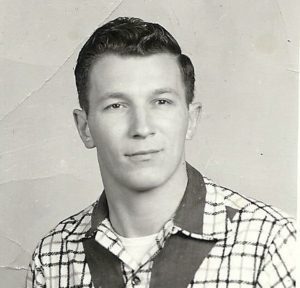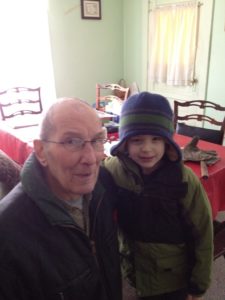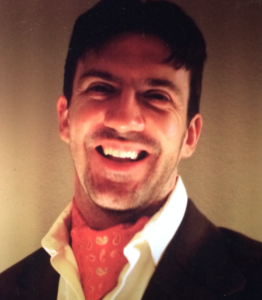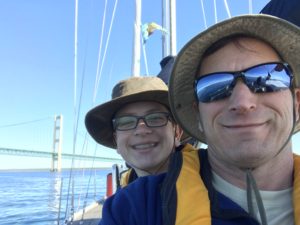Pretty much everybody is familiar with the Scout Motto up there in my title: “Be prepared.”
It’s a pretty simple notion on its face, but a bit more complicated when you really think about it. Be prepared for what? Obviously, you should prepare fully for the specific activity you have planned. But beyond that, what else should you be prepared for?
You can answer that for various scenarios in two ways: research and thought. Whether in the Scouting world or the business world, pretty much anything you’re going to take on, somebody else (and usually lots and lots of somebody elses) have done it before. So do some reading about it and see how other people prepared and what they took along. Similarly, go through the though exercise of thinking the activity through and figuring out for yourself what you might need for the basics, and what otherwise unforeseen challenges might arise that you can similarly prepare for.
Having done all that homework, now you’re 100% prepared, right? Unfortunately, no. Lengthy experience and lots of thought and research can cover you for everything you encounter in a routine activity. But with every activity comes the very real possibility of something non-routine happening, and you’re far less likely to be ready for that.
The good news is that getting ready for all the other stuff will make you more mentally prepared for any unforeseen circumstances that arise. That’s one of the underlying beauties of the Scout Motto. You’ll react to all occurrences better than you would have if you’d gone in with little preparation.
Still, you may well find yourself in a situation where you just don’t have what you need. In the moment, you’ll just have to get by and figure out how to survive anyway. (The notion that preparation can remove all risk, by the way, is arrogant, foolish, and wrongheaded. Just ask my long-ago friend and former Scoutmaster who was canoeing with his Troop when a lightning bolt came from an almost perfectly clear blue sky and instantly killed two of his Scouts. We all like to believe we’re masters of this world of ours, but we really aren’t.)
Once you get through it, though, give some time to think about how you might have been better prepared. I’ve taken to keeping a “Be prepared list” of things to do or to bring with me that I’ve learned about from past problems or failures. For example, I was on a lengthy hike on the shore of Lake Michigan on a sunny June day once when a freak weather system rolled through and made things pretty chilly for a while, with thick fog and a 20 degree temperature drop in just a few minutes’ time. My group had no warm clothes with us, so it was a bit uncomfortable for a while. Fortunately the sun came back out after about an hour and it warmed back up. But now I always carry a few emergency “space” blankets in my backpack just in case.
Similarly, we had a couple younger Scouts go missing on a campout earlier this year, taking a freelance hike when we were all supposed to be in camp preparing dinner. Worried about their ability to find their way back, a few other adult leaders and I went out to search for them. One of my fellow leaders had binoculars that helped us to find them pretty quickly. So now there’s a compact pair always in my backpack.
You can do the same thing in your work world. When things don’t go as planned, take some time to consider what you might have done beforehand that would have made the difference. Then plan to have or do whatever would have helped the next time around. For example, say you have a crisis at work and find that you don’t have the phone numbers you need to get the help you’re looking for in the moment. After the dust on that particular crisis settles, find those numbers, and add them to your contacts on your computer and in your phone – plus print out a hard copy for your planner or briefcase.
“Be prepared.”









